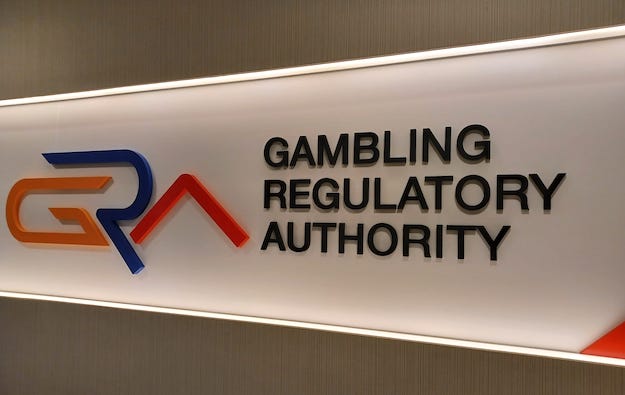
The Gambling Regulatory Authority (GRA) in Singapore is reportedly delving into baccarat side-bet data to assess whether these additional bet types could be exploited for illicit financial activity. According to recent media coverage, regulators are interested in how granular side-bet wagering patterns might reveal money laundering, fraud, or other criminal behavior.
Baccarat side bets—such as pairs, “big/small” or other optional wagers beyond the main Player/Banker/Tie bets—have grown in popularity globally, especially with the adoption of smart table systems that capture real-time bet data. In Macau, side bets now generate nearly 45-50 % of baccarat revenue despite making up a small share of turnover, thanks to advanced analytics and RFID-enabled tables. In Singapore’s regulated casino environment, close scrutiny of these bets could shed light on unusual wagering spikes, anomalous bet sequences, or irregularities that might flag money laundering risks.

This regulatory interest aligns with Singapore’s broader push to tighten AML/CFT oversight in gambling. In 2024, amendments to the Casino Control Act were passed to strengthen enforcement and prevent criminal exploitation of casinos. Another notable change came through the Anti-Money Laundering and Other Matters Bill, which allows Singapore casinos to exchange patron data more freely to support investigations. In this light, side-bet analytics may become another tool in the regulator’s arsenal for spotting red flags at the intersection of gaming and financial crime.
That said, there remain challenges. Side bets often carry much higher variance and lower predictability than main bets, making it harder to distinguish between aggressive gambling behavior and suspicious wagering patterns. Moreover, the data privacy regime—especially Singapore’s Personal Data Protection Act (PDPA)—creates guardrails around how patron-level data can be used, even in regulatory investigations. For operators, striking a balance between risk monitoring and preserving customer privacy will be crucial. Regulators may need to define thresholds or heuristics (e.g. bet size anomalies, frequency spikes) to trigger review.

 Content Writer: Janice Chew • Saturday, 25/10/2025 - 16:02:20 - PM
Content Writer: Janice Chew • Saturday, 25/10/2025 - 16:02:20 - PM